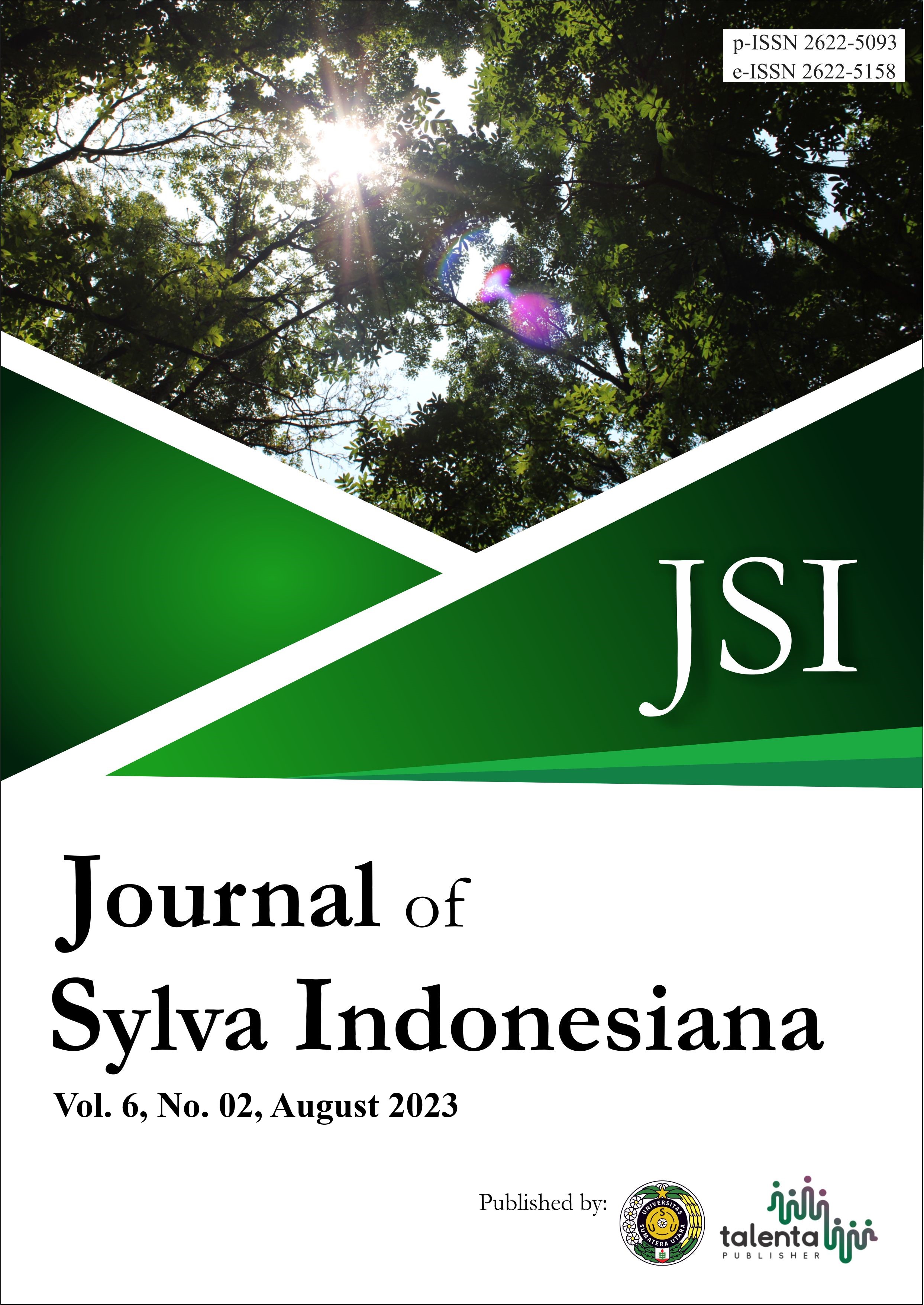Strategy for Developing Rafting as A Special Interest Tourism at Belaban Resort
DOI:
https://doi.org/10.32734/jsi.v6i02.8909Keywords:
Aggressive Growth, Rafting Tourism Strategy, Sustainable Tourism Development, SWOT Analysis, Tana Kaya National ParkAbstract
Bukit Baka Bukit Raya National Park in Indonesia has vast natural tourism potential, and one of its highlights is white water rafting at Belaban Resort. This study aimed to devise a strategy for developing rafting tourism at the Belaban Tana Kaya Resort. The research began in November 2021 and involved distributing questionnaires to respondents chosen through accidental sampling and conducting a Focus Group Discussion with the rafting tour manager at Resort Balaban. The data was analyzed using SWOT analysis, which helped identify the resort's strengths, weaknesses, opportunities, and threats. The results showed that the rafting tour at the Belaban Resort had a promising future, as it was in the first quadrant of the SWOT analysis, which supports aggressive growth policies while still adhering to the guidelines for sustainable tourism development based on national parks. The study's findings could guide the resort's management in devising a plan for developing rafting tourism sustainably, enhancing the resort's attractiveness to tourists, and boosting the local economy
Downloads
References
Journal of Sylva Indonesiana(JSI)Vol.06, No.02, 2023148[5]L. Margaryan and P. Fredman, “Bridging outdoor recreationand nature-based tourism in a commercial context: Insights from the Swedish service providers,” Journal of Outdoor Recreation and Tourism, vol. 17, pp. 84–92, 2017, doi: 10.1016/J.JORT.2017.01.003.[6]F. Sørensen and J. O. Bærenholdt, “Tourist practices in the circular economy,” Ann Tour Res, vol. 85, p. 103027, Nov. 2020, doi: 10.1016/J.ANNALS.2020.103027.[7]Y. Subaktilah et al., “Analisis SWOT: Faktor Internal dan Eksternal pada Pengembangan,” Jurnal Agroteknologi, vol. 12, no. 02, pp. 107–115, 2018, doi: https://doi.org/10.19184/j-agt.v12i02.9276.[8]Deputi Bidang Tata Lingkungan Kementerian Lingkungan Hidup, Pedoman Penentuan Daya Dukung dan Daya Tampung Lingkungan Hidup. Jakarta: Kementerian Lingkungan HidupDeputi 1 Bidang Tata LingkunganAsisten Deputi Perencanaan Pemanfaatan SDA & LH & Kajian Kebijakan LH Wilayah & Sektor, 2014. [Online]. Available: http://www.quinsha.id[9]I. G. A. A. Yudistira, D. Nur, and A. Susanto, “Rancangan Sistem Penilaian Keselamatan Pengunjung Tempat Wisata,” Jurnal Industri Pariwisata, vol. 2, no. 29, pp. 19–24, 2012.[10]S. Suprayogi, B. W. Mutaqin, Y. Widyaningsih, G. D. Jayanto, M. R. Umarella, and M. A. Marfai, “Preliminary river morphometry analysis for rafting tourism in the Saba River, Bali Island, Indonesia,” International Journal of Sustainable Development and Planning, vol. 15, no. 5, pp. 631–638, Aug. 2020, doi: 10.18280/ijsdp.150505.[11]B. S. Dwiyanto and Jemadi, “Pemberdayaan Masyarakat dan Pengembangan Kapasitas Dalam Penanggulangan Kemiskinan Melalui PNPM Mandiri Perkotaan,” Jurnal Maksipreneur |, vol. III, no. 1, pp. 36–61, 2013.[12]Menteri Lingkungan Hidup dan Kehutanan Republik Indonesia, “Peraturan Menteri Lingkungan Hidup dan Kehutanan Republik Indonesia,” Jakarta, 2019.[13]G. N. Khaeruddin, K. Nawawi, and A. Devi, “Faktor-Faktor yang Mempengaruhi Pendapatan Umkm di Masa Pandemi Covid-19 (Studi Kasus Pedagang Kaki Lima di Desa Bantar Jaya Bogor),” Jurnal Akrab Juara, vol. 5, pp. 86–101, 2020.[14]B. Surya, A. Salim, H. Hernita, S. Suriani, H. Abubakar, and H. Saleh, “Handling Slum Settlement Based on Community Participation and Socio-Cultural Change: Perspective of Sustainable Development of Makassar City, Indonesia,” Geographica Pannonica, vol. 25, no. 4, pp. 300–316, 2021, doi: 10.5937/gp25-33038.[15]J. Liu et al., “The role of social capital in encouraging residents’ pro-environmental behaviors in community-based ecotourism,” Tour Manag, vol. 41, pp. 190–201, 2014, doi: 10.1016/j.tourman.2013.08.016.[16]M. N. Pradono, A. Alaydrus, E. Meylita, I. A. S. Valendia, F. T. S. Tarno, and T. Kartikasari, Panduan Pengembangan Pariwisata Berkelanjutan Berbasis Taman Nasional, 1st ed. Direktorat Pemanfaatan Jasa Lingkungan Hutan Konservasi.

Downloads
Published
How to Cite
Issue
Section
License

This work is licensed under a Creative Commons Attribution-NonCommercial 4.0 International License.


















